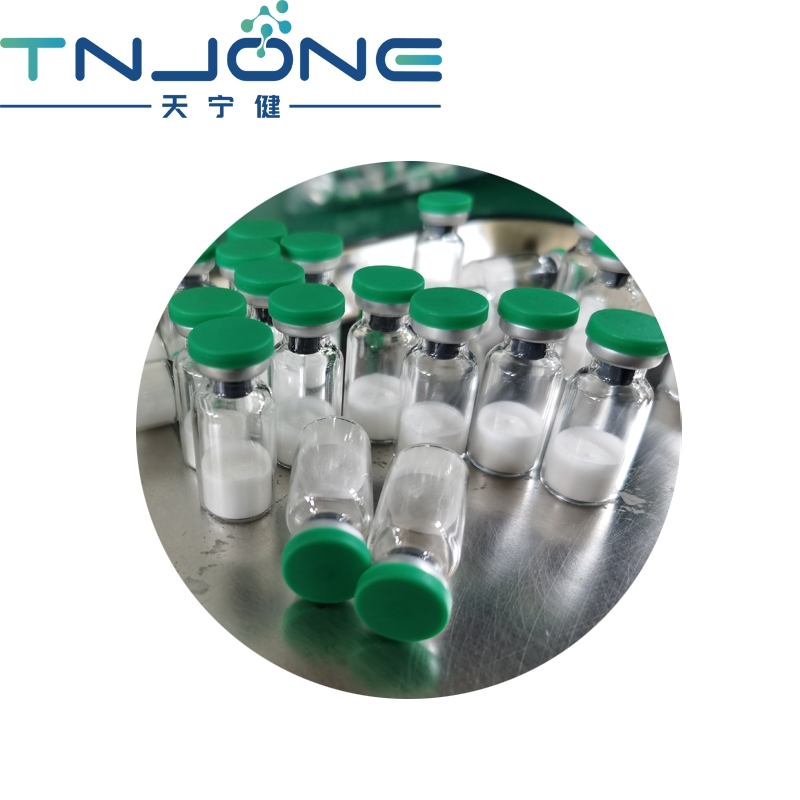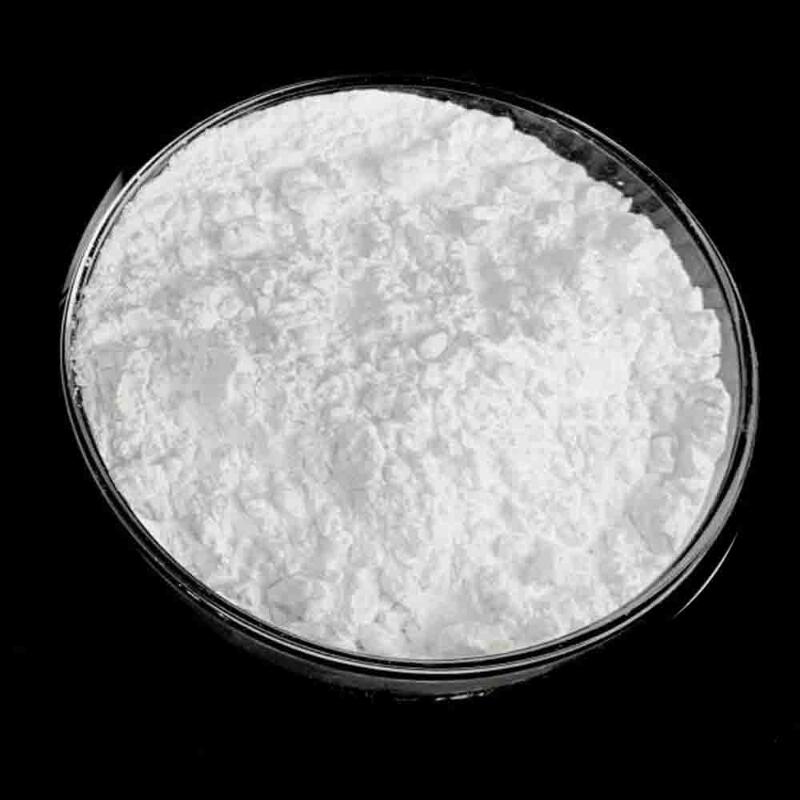-
Categories
-
Pharmaceutical Intermediates
-
Active Pharmaceutical Ingredients
-
Food Additives
- Industrial Coatings
- Agrochemicals
- Dyes and Pigments
- Surfactant
- Flavors and Fragrances
- Chemical Reagents
- Catalyst and Auxiliary
- Natural Products
- Inorganic Chemistry
-
Organic Chemistry
-
Biochemical Engineering
- Analytical Chemistry
-
Cosmetic Ingredient
- Water Treatment Chemical
-
Pharmaceutical Intermediates
Promotion
ECHEMI Mall
Wholesale
Weekly Price
Exhibition
News
-
Trade Service
Tilisolol is a widely used chemical compound in the chemical industry.
It is commonly used as a reactive diluent in the production of polyurethanes and other polymers.
Despite its widespread use, there are concerns about the safety of Tilisolol, particularly in terms of its potential toxicity and environmental impact.
Health Risks:
Tilisolol is a known irritant to the skin, eyes, and respiratory system.
Prolonged exposure to the chemical can cause skin irritation, rashes, and blistering.
Inhalation of Tilisolol can cause coughing, wheezing, and shortness of breath.
The chemical is also known to be harmful if ingested, and can cause stomach pain, nausea, and vomiting.
In terms of its potential toxicity, Tilisolol is classified as a Category 3 chemical by the National Fire Protection Association (NFPA).
This classification is based on its potential to cause serious health effects, including respiratory, skin, and eye irritation, as well as gastrointestinal distress and central nervous system depression.
Environmental Risks:
Tilisolol is also a potential environmental hazard.
The chemical is not highly soluble in water, but it is not completely insoluble either.
As a result, it can persist in the environment and potentially contaminate soil and groundwater.
The chemical is also classified as a VOC (volatile organic compound), which means that it can evaporate into the air and contribute to air pollution.
In addition to its potential environmental impact, Tilisolol is also a potential source of greenhouse gas emissions.
The chemical is used in the production of polyurethanes, which are a major source of greenhouse gas emissions.
As demand for polyurethanes continues to grow, so too does the potential environmental impact of Tilisolol and other chemicals used in their production.
Safety Measures:
Despite the potential health and environmental risks associated with Tilisolol, there are steps that can be taken to minimize its impact.
One of the most important measures is proper handling and storage of the chemical.
This includes wearing appropriate personal protective equipment (PPE), such as gloves and safety glasses, and storing the chemical in a secure location away from heat and ignition sources.
Another important safety measure is the implementation of proper waste disposal procedures.
Tilisolol should be disposed of in accordance with local, state, and federal regulations, and should not be allowed to enter the environment through improper disposal.
Additionally, manufacturers of Tilisolol and other chemicals should take steps to reduce their environmental impact.
This can include the development of more sustainable production methods, the use of renewable energy sources, and the implementation of emissions reduction programs.
Conclusion:
Tilisolol is a widely used chemical in the chemical industry, but its potential health and environmental risks cannot be ignored.
Proper handling, storage, and disposal of the chemical are crucial to minimizing its impact, and manufacturers should also take steps to reduce their environmental impact and develop more sustainable production methods.
By taking these steps, the chemical industry can help ensure the safety of its workers and the environment.







